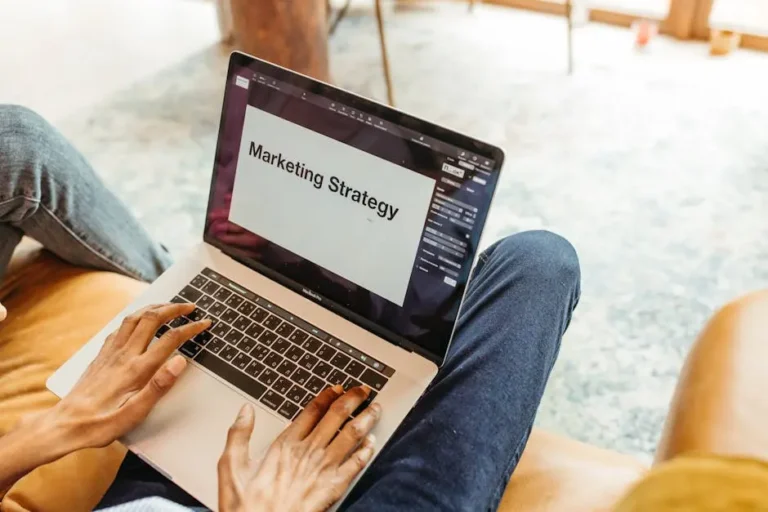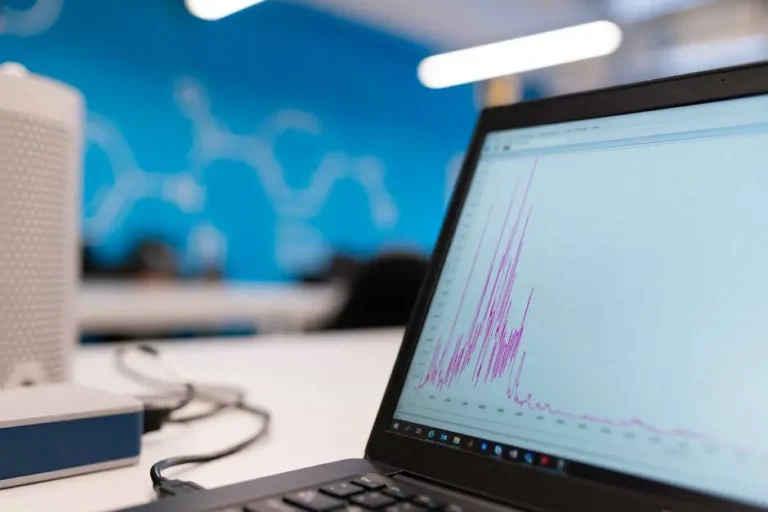The Power of Follow-Ups: How to Turn ‘Maybe’ into Paying Clients

Capturing potential clients’ attention is just the beginning in the competitive world of business. To convert tentative interest into finalized deals, strategic follow-ups are essential. This blog explores how effective follow-ups can turn ‘maybes’ into committed clients, ultimately enhancing your lead generation and filling your calendar with clients.
Understanding the Importance of Follow-Ups
Engaging potential clients requires more than reminders; it’s about making meaningful connections. Tailored marketing strategies can keep your brand top-of-mind and differentiate you from the competition. The journey from initial interest to conversion is intricate and usually spans multiple interactions. Repeated, well-thought-out follow-ups are where prospects often shift from contemplation to commitment. Consistent engagement capitalizes on the human appreciation for persistence, fostering a stronger brand connection.
Business success often hinges on the ability to build and maintain relationships over time. Effective follow-ups demonstrate not only your commitment to providing value but also your understanding of the client’s needs and decision-making timeline. As highlighted by numerous experts, a significant proportion of sales happen after the fifth follow-up call—a testament to the necessity of patience and persistence in building business relationships. Each successful follow-up serves as a reminder of how much a personalized and considerate approach can enhance customer satisfaction and brand loyalty. To learn more about enhancing your lead generation and filling your calendar with clients, explore this insightful resource.
Timing Your Follow-Ups Effectively
Knowing when to reach out is vital. Too soon, and you may appear pushy; too late, and the opportunity may be lost. This section will discuss effective strategies for follow-up timing that respects the client’s decision-making process while keeping your business top of mind. Timing is as much an art as it is a science, often requiring a nuanced understanding of your prospective clients’ behavior patterns. By analyzing client interactions with your business—such as email open rates, website visits, and social media engagement—it’s possible to identify the optimal moments for follow-up communications.
A smart way to schedule your follow-ups is by understanding the entire customer journey. Start by outlining key decision points and figuring out when your follow-ups will be most beneficial. Remember, not all business happens within standard hours, so being aware of your clients’ time zones and preferred contact times can increase the chances your messages will be positively received. Additionally, using tailored marketing strategies triggered by specific client actions—like downloading a whitepaper or engaging with your social content—can help ensure your communication is timely.
Crafting Personalized Follow-Up Messages
Personalization is key to making follow-ups feel genuine. Tailoring your messages to address the specific needs and interests of each potential client can significantly increase your chances of conversion. Understanding each client’s unique business pain points allows you to align your solutions to their requirements, showcasing both your awareness and your ability to meet their needs. Consider using the client’s name, referencing previous interactions, and including bespoke recommendations based on their expressed interests to craft a resonant message that demonstrates your attention to detail.
The language used in follow-ups should reflect empathy and knowledge, not sales pressure, which is best achieved by acknowledging the client’s circumstances and offering options rather than ultimatums. Capture their interest with compelling subject lines or opening sentences that offer insights or value propositions tailored to their industry challenges. Additionally, consider following up with a customized digital content piece—like a case study or a targeted blog article—that aligns with their specific business objectives or concerns. Such thoughtful gestures reinforce your business’s commitment to providing real solutions rather than generic sales pitches. For more on effective strategies for lead generation and filling your calendar with clients, visit High Level.
Leveraging Technology for Efficient Follow-Ups
Incorporating technology, such as CRM systems and automation tools, can streamline your follow-up process. This section explores various tools that help maintain personal touch while increasing efficiency in your client communications. Modern CRM solutions are not just databases; they are dynamic tools that allow businesses to track client interactions, set reminders for follow-ups, and customize communications. By integrating these systems, you can ensure that no lead falls through the cracks, while simultaneously managing your follow-ups in an organized and systematic manner.
Automation platforms offer another dimension to efficient follow-up strategies. Tools like email marketing software enable you to schedule sequences of targeted communications, ensuring consistent engagement without manual effort. By automating routine interactions, your team can focus more on conversations that require a human touch—personalizing emails or phone calls when unique queries or objections arise. It’s crucial, however, to use these technologies wisely; over-automation can make client interactions feel impersonal, which is why it’s crucial to retain a degree of personalization and flexibility within automated content. Market leaders emphasize how technology should not replace human connection but should instead facilitate more meaningful engagements.
Handling Common Objections in Follow-Ups
Anticipating and addressing common objections can reinforce your follow-ups. This section will discuss how to handle potential reservations and persuade clients towards engagement. Objections are not necessarily rejections; they are opportunities to clarify and educate. A strategic approach involves preparing responses for frequent concerns such as pricing, product fit, or competitors. By understanding the root cause of client hesitation, you can address it with detailed information, testimonials, or compelling comparisons that highlight your value proposition.
When faced with objections, it’s important to listen actively and show genuine interest in what the client has to say. This requires an empathetic approach—understanding their concerns rather than immediately jumping to counter with arguments. By acknowledging their perspective, you build trust and rapport, paving the way for a more open dialogue. Training your sales team with scripts and role-playing scenarios can also enhance their ability to navigate these conversations effectively, ensuring they offer solutions that align with client needs rather than simple sales rebuttals.
Client feedback offers invaluable insights into how well your product or service meets needs and informs your strategies for addressing potential objections. Tracking common objections can highlight systemic improvements necessary for your offerings. Regularly revisiting your strategies for handling objections ensures their continued relevance, enabling your team to adapt to changing client expectations and market dynamics. The key to success is turning objections into opportunities, guiding clients from ‘maybe’ to ‘yes.’ Stay ahead by tweaking and experimenting with your approach to maintain an edge in the dynamic marketplace.
Harnessing the Potential of Follow-Ups
Successfully converting ‘maybe’ into a paying client hinges on your follow-up strategy. By personalizing your approach, timing your outreach effectively, and utilizing the right tools, you can significantly enhance your lead conversion rate. Embrace the power of follow-ups, and watch your calendar fill with clients.






